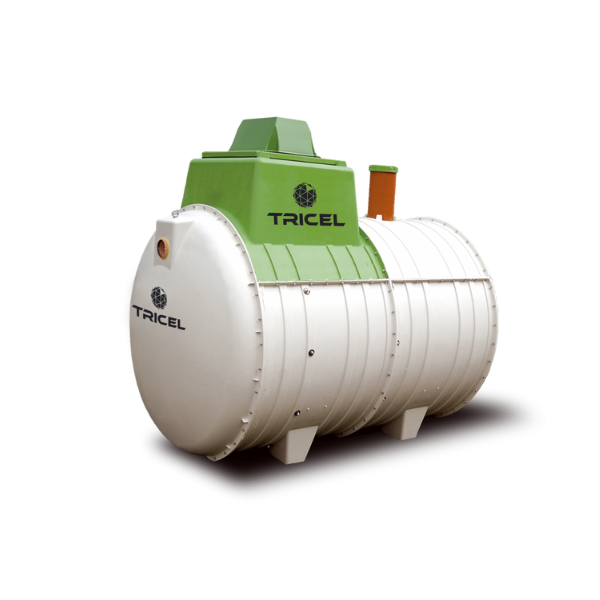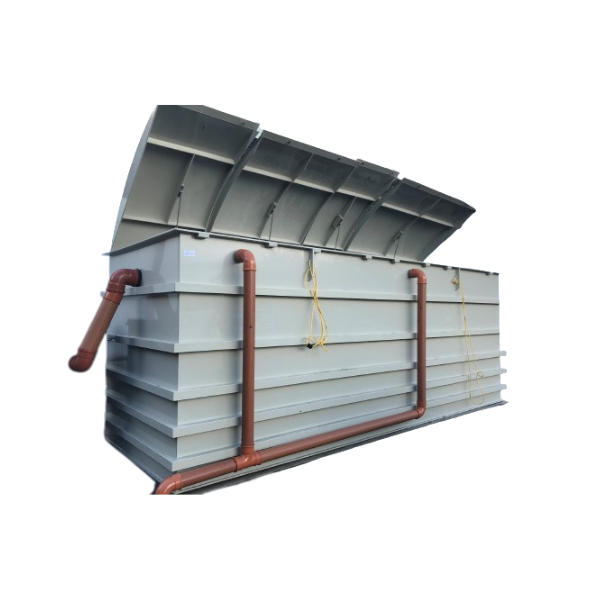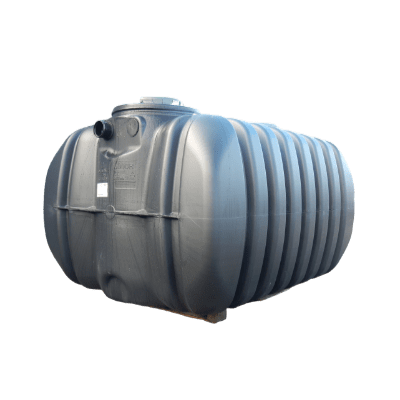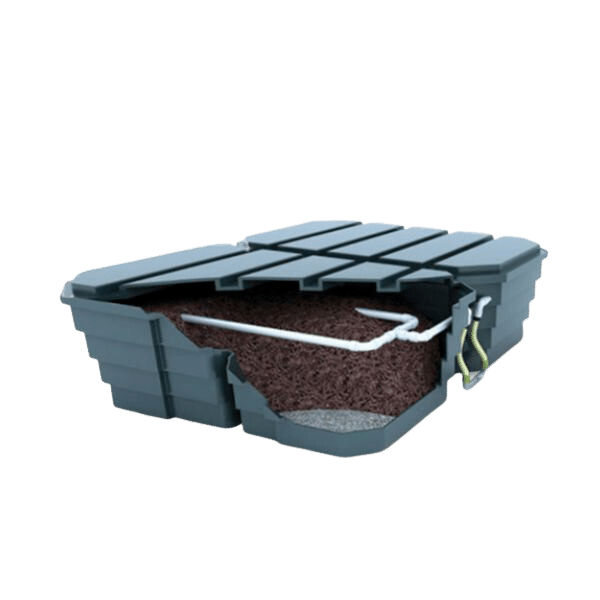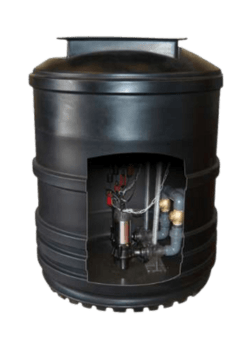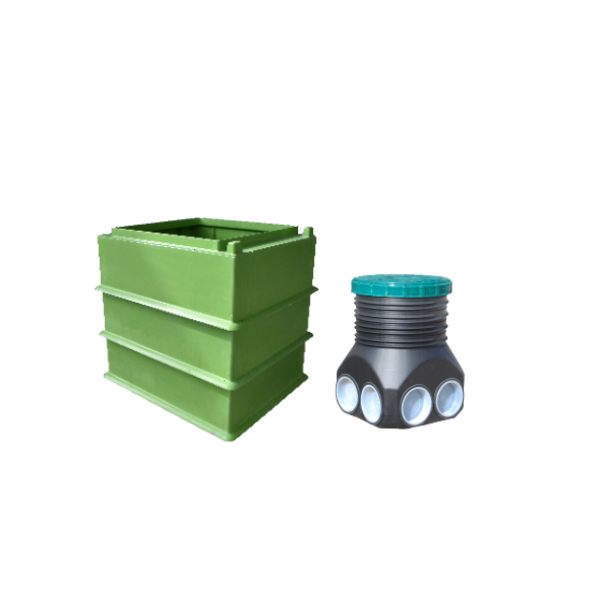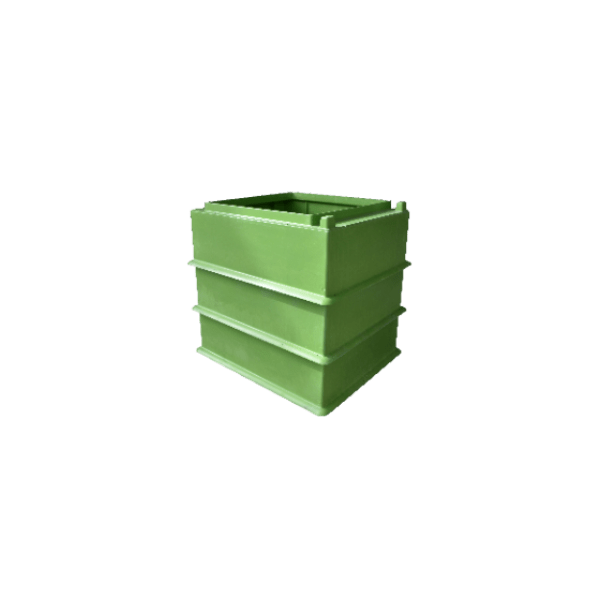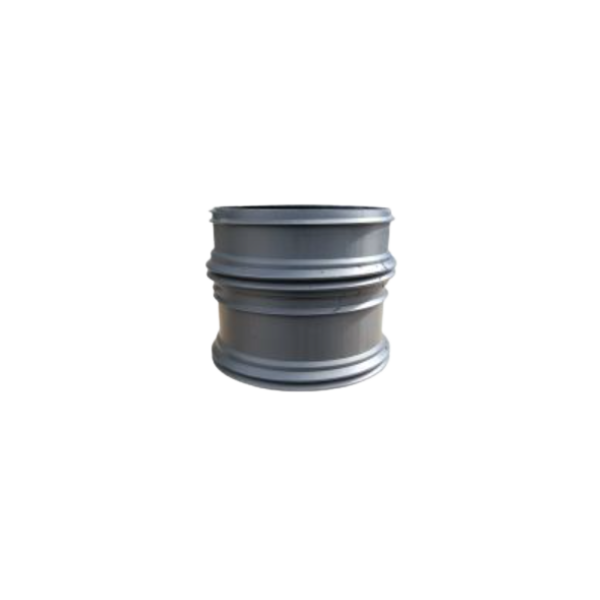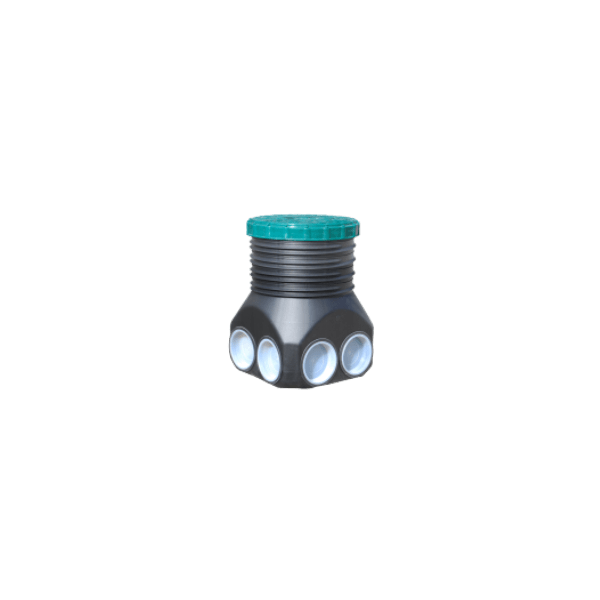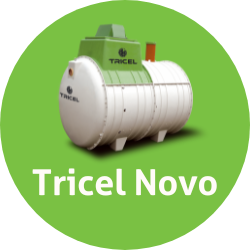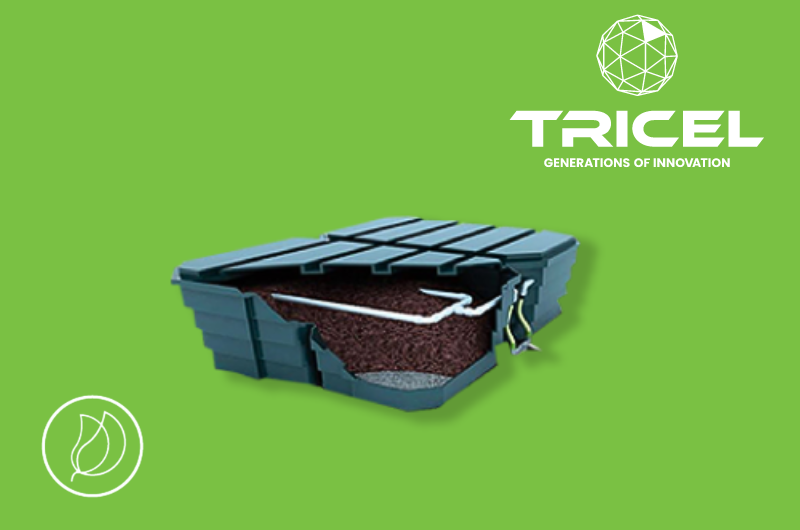SEWAGE TREATMENT
Sewage Treatment Methods
OVERVIEW
If you are a homeowner, particularly a homeowner in the countryside you may require some form of sewage treatment. It is important that you understand the different sewage treatment methods in order to choose the best option for your project.
Sewage treatment is a form of wastewater treatment which aims to remove bacteria from sewage in order to produce an effluent that is suitable to discharge into the surrounding environment, thereby preventing water pollution.
At Tricel we offer a wide range of sewage treatment methods including primary, as well as, secondary and tertiary treatment plants. Our Tricel Novo is our number one wastewater treatment product as it is both a primary and secondary treatment plant, however If you are looking for a septic tank why not take a look at our Tricel Vento and pair it with one of our secondary and tertiary treatment systems such as the Puraflo. Don’t hesitate to contact us for further information.
Tricel Novo – Sewage Treatment Method
Introducing one of our best sellers, the Tricel Novo. The Novo is our interpretation of what a wastewater treatment plant should be. Together it uses a number of technological features and is proving itself as one of the most efficient on the market. It is made from a reliable and strong material (SMC) and includes features such as a fixed bed technology, on top of a three-stage purification process.
There are three purification stages to the treatment process (which is why it is considered to be both a primary and secondary sewage treatment plant as it offers further treatment of effluent) with each stage having its own chamber inside the plant, which are proportioned to the customer’s needs. We manufacture plants for projects ranging from 1PE to 50PE.
Tricel Vento – Sewage Treatment Methods
The Tricel Vento is Tricel’s very own septic tank. It is sized to hold wastewater for a set amount of time, allowing solids to drop to the base of the tank to form a sludge and the lighter material to rise to the top forming a scum. Any remaining liquid effluent is then passed through the outlet pipe into the disposal system for final treatment. The Vento is manufactured from high density polyethylene which makes it high in strength and durability. This combined with its lightweight body ensures that installation is made as simple as possible. The Vento is an ideal solution for sewage treatment.
Secondary and Tertiary Sewage Treatment Methods
Secondary and tertiary wastewater treatment is the further treatment of effluent following its departure from the primary treatment tank. Those treatment methods are required when the soil or ground is located on a sensitive site, for example a water table percolation area. The combined treatment will result in a high-level pathogen and nutrient reduction. Tricel manufactures a packaged filter system The Puraflo which provides a further stage of effluent treatment.
Tricel Puraflo
The Tricel Puraflo is a polishing filter ideal for secondary and tertiary treatment applications. Environmentally sensitive sites, such as water table percolation areas, usually require a higher level of treatment. This required level of treatment can be achieved by combining the Puraflo with a secondary treatment tank, typically an aerobic treatment unit. The secondary treated effluent will pass through a third treatment process and the combined system will provide a very high-level pathogen and nutrient reduction.
Tricel Novo: Key features & benefits
The compression moulding process is one of the most technologically advanced features available on the market. Components are manufactured under heat and high pressure. They have a competitive strength and durability over standard GRP tanks or PE tanks.
SMC is a unique material in the sewage treatment industry with Tricel SMC tanks operating in some of the harshest climatic conditions for over 50 years with no defects.
Tricel’s ceramic diffuser will last twice as long as all standard competitors rubber equivalents. It is a cost-saver in both call out fees and replacement parts.
No concrete backfill for installation on most sites which allows you to save up to €400 over lower quality GRP/plastic competitors.
There are no moving parts or pumps in the plant which is ensuring reliable operation during the treatment process and minimal running costs.
Tricel Novo plants are designed with a shallow invert to limit both installation and time costs.
MEET OUR TEAM
To find a technician in your area, visit our page
TALK SEWAGE TREATMENT
To speak to one of our agents online, click here
ASK FOR A QUOTE
Request a free quote today to have a quote that meets your project!
Key Features

Fast Delivery
Fast delivery + Rapid response to all our customers

Installers network
UK wide network of recommended installers for your peace of mind

Technical expertise
Unrivalled technical expertise by our sales team regarding wastewater treatment solutions
Frequently Asked Questions
WHAT IS THE DIFFERENCE BETWEEN A CESSPOOL, A SEWAGE TREATMENT PLANT AND A SEPTIC TANK?
A cesspool is a simple storage vessel with an inlet and no outlet. It’s a sealed storage vessel; all the water coming in stays within the tank. The advantage is it doesn’t need an outlet. The disadvantages are: there is no treatment, the tanks are huge, and it needs regular emptying. Everything which has gone in must be sucked out. Ideal for sites which have got very infrequent use (Sheppard huts, for example).
Septic tank
A septic tank has an inlet and an outlet; it’s a simple overflow system. See how a septic tank works here. The advantages of the septic tank are there is no mechanic and no electricity requirement for it to work. The disadvantages are you are discharging dirty water, and untreated sewage effluent, as a tiny breakdown has occurred in the tank. You can only release water to a drainage field for the water to go through the subsoil to treat the water.
Sewage treatment plant
A sewage or package treatment plant has an inlet and an outlet; the wastewater is treated inside the tank. Aeration is provided inside the tank for the aerobic bacteria to feed on the waste and remove it from the liquid. The advantages are the wastewater is treated and can be discharged to a watercourse.
Many package treatment plants are available on the market:
- Trickles filters
- Rotating Biological Contactors (RBC)
- Mobile media bio-reactors
- Activated Sludge systems
- Sequence Batch Reactor systems (SBR)
- Fixed Bed Systems (like the Tricel Novo)
WHAT IS DOMESTIC WASTEWATER?
Domestic wastewater is all wastewater generated inside the house, including grey water from sinks, showers, baths and sewage from toilets. Rainwater is not classified as greywater and should be directed to a soakaway.
HOW CAN I TELL IF I HAVE A HIGH WATER TABLE?
A trial hole can be dug during the site assessment and left open for 48 hours to determine this. The ground level is used to measure the water level.
DOES THE TREATED WATER HAVE TO GO TO A DRAINAGE FIELD WHEN DISCHARGED?
After the water is discharged, it must flow into a drainage field or a running watercourse. It will fail and block up very quickly whenever it is released directly into the ground. It will also violate the government’s General Binding Rules for small sewage discharges—more information on this page.
Get in touch
